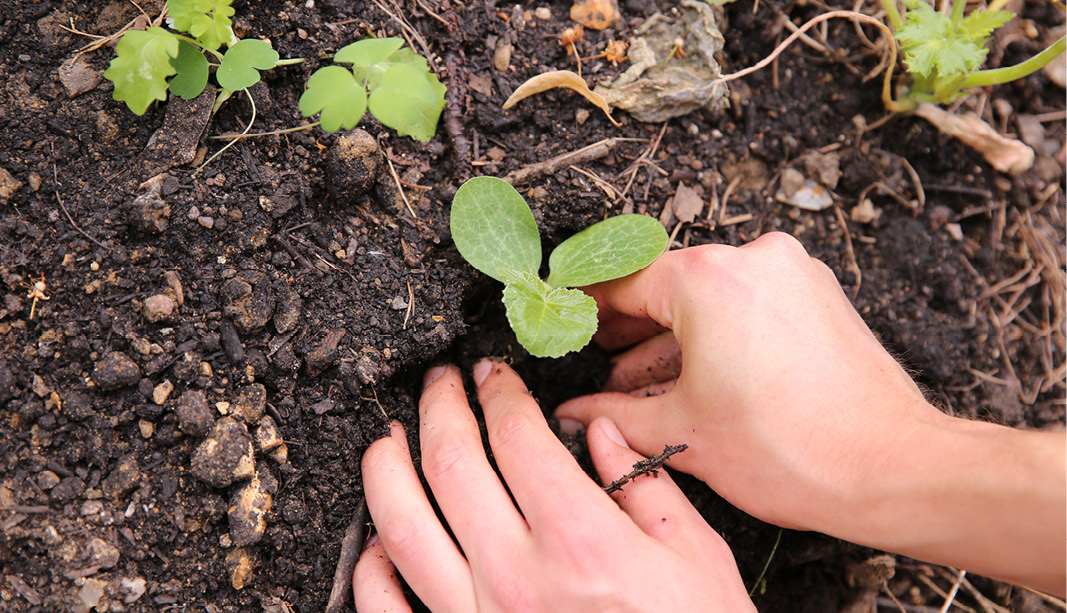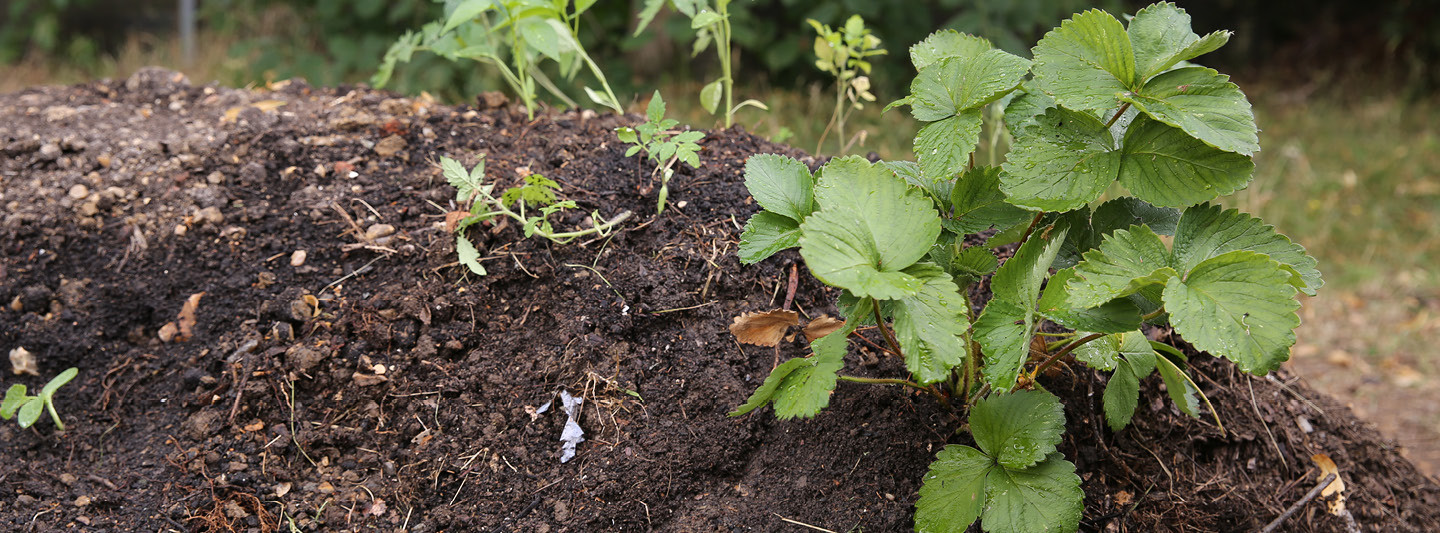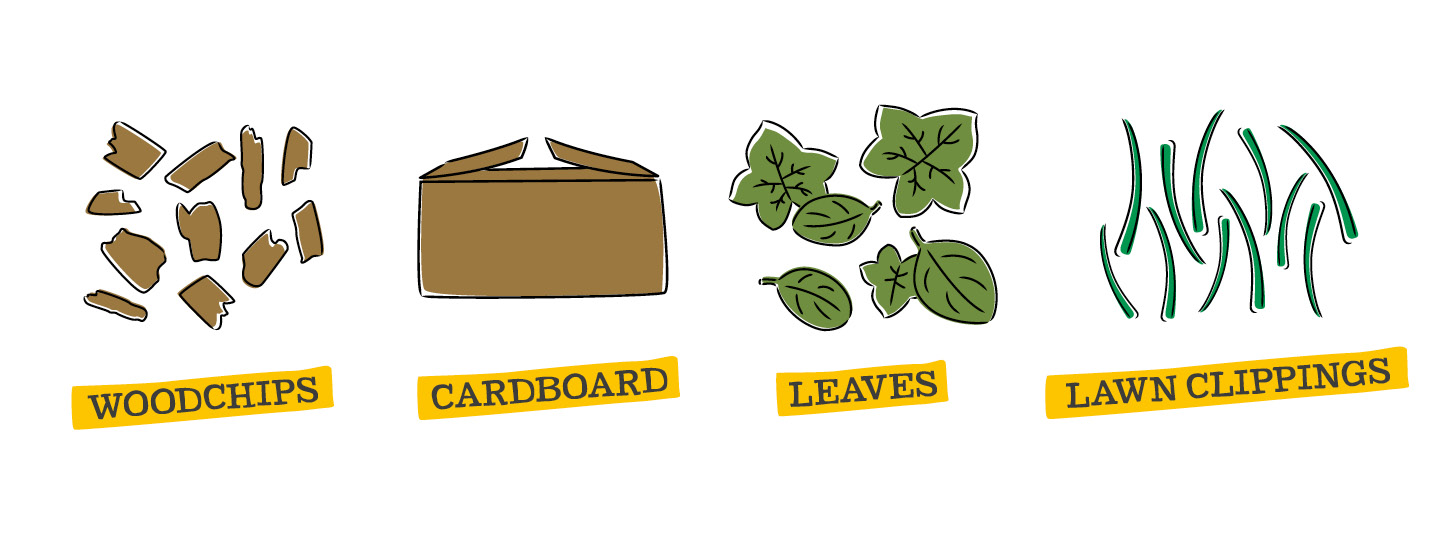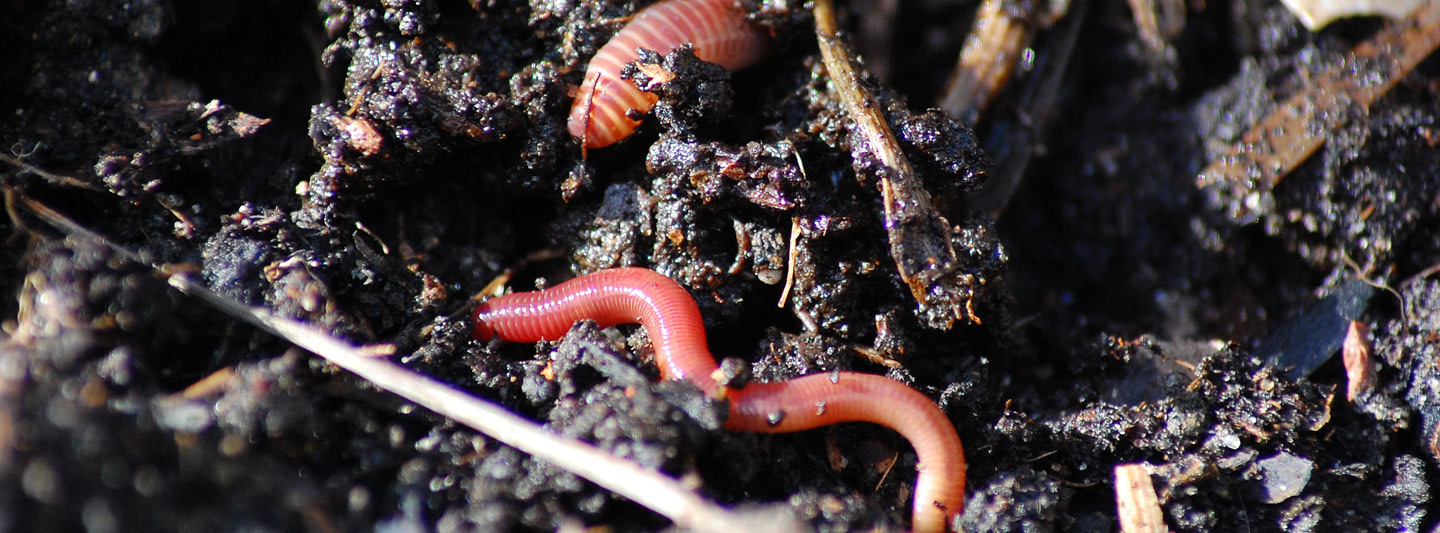How to Make Compost from Food Waste

Most of the benefits of composting food waste come from the effect it has on our soil, rather the nutrients it contains. By improving soil structure, fertility is more readily available to plants, and adding mature compost to soil can improve its water holding capacity, and with it, resilience to drought and erosion. Healthy soil is teeming with a bewildering variety of bacteria, that all serve to provide a greater availability of nutrients and help keep pests in check.
Ask why someone doesn’t compost and you’ll likely hear one of two replies – ‘I don’t have the space’, or ‘it smells too much’. With the right equipment though, everyone should be able to compost food waste in some form or other. And if your compost heap smells bad, then you know something’s gone wrong!
There are lots of different ways to make compost from what you throw away, including:
• Hot composting
• Cold composting
• Vermicomposting
• Anaerobic composting
Composting doesn’t have to take up much space. Although having a garden is useful for composting food waste, even ‘bucket composting’ can help you make good use of the nutrients that would otherwise go to landfill.
Drill some ‘breathing holes’ into the lid of a big container, then line the bottom with some mature compost or garden soil. For every handful of food scraps, try to add at least one handful of shredded paper or card, and once a week give it a mix to aerate. If the compost looks wet, or starts to smell, simply mix in more shredded paper.
Within a few months you should have a sweet-smelling, nutritious, crumbly compost to mulch plants with.

Dig into a healthy compost pile and you’ll probably see steam coming from the middle, thanks to the heat generated by the decomposing material. This heat is useful for not only speeding up the breakdown of the compost heap, but also killing pests and diseases, including the lingering seeds of weeds. Hot composting harnesses this process to make compost in double time, but a proper set up needs space and can be expensive.
Cold composting requires just as much space and takes longer, but is cheaper and produces a compost with more microbiology. Keeping the compost heap wet creates the perfect environment for bigger creatures such as worms to work their magic. Considering the purpose of compost is to boost the soil’s populations of bacteria, fungi and countless other beneficial organisms, some believe this to be the best way of composting food waste.
When making compost from food waste, it’s important to balance the green material, such as peelings and cores, with brown material like cardboard or woodchip – otherwise you can end up with a slimy, smelly mess!
Hidden within these browns and greens are varying levels of two elements that are crucial to the composting process – carbon and nitrogen. Too much or too little of one can slow things down, so every time you add food compost, also add something brown to balance it out. Here are a few suggestions:

• Woodchips – these are very rich in carbon, so just a handful is enough to help.
• Cardboard – shred your cardboard into inch-size pieces first.
• Leaves – these can take a while to break down, so shred them into small pieces first (under a lawnmower).
• Lawn clippings – if added too thickly when fresh, they can go slimy, so dry yours off on the lawn first.
Adding things in bite-size chunks can speed up the composting process, as does getting lots of air into the pile. A good routine is to ‘turn’ your compost pile every two weeks, which will give it time to warm up in between turns. Compost tumblers make this job much easier, and are not only effective at introducing air throughout the pile, but also keep it safe from vermin.
If your food compost starts to smell, it probably isn’t receiving enough air or carbon-rich items. Give it a stir and mix in some shredded newspaper to help.
Without the right set up, composting cooked food waste isn’t a good idea. It quickly breaks down into a sloppy mess and could attract vermin. The same goes for meat, fish, dairy and other animal products, because unless your compost pile reaches a high enough temperature, it’s unlikely to kill the nasty bacteria that these fresh scraps can grow.
But this doesn’t mean that they need to be thrown in the bin and sent to landfill. You can still create a nutritious compost from these scraps, using a quick form of composting that can even be done indoors.
By sealing up food waste and scraps in an air-tight container, you can easily make food compost in a small space, with what is known as the Bokashi method.
Excluding oxygen means that this process is closer to fermentation than composting, and it’s important to remember that the finished product still has to decompose properly when it’s applied to plants. But even typically ‘uncompostable’ materials can be ready for garden-use in a matter of weeks.
Although kits can be made from upcycled materials, Bokashi methods rely on adding a special inoculate of bran and healthy bacteria, which is best purchased for effectiveness.
Regularly found in permaculture, vermicomposting uses the digestive power of worms to produce an incredibly nutritious food compost. Kits are available that provide the right species of worms (earthworms are not suitable, for example), and they can be placed in a garden, shed or garage, where they can make short work of composting food waste.

You have to be a bit more selective with what you put into a worm composter, but wormcasts are an amazing source of nutrition for plants.
Published May 2022


